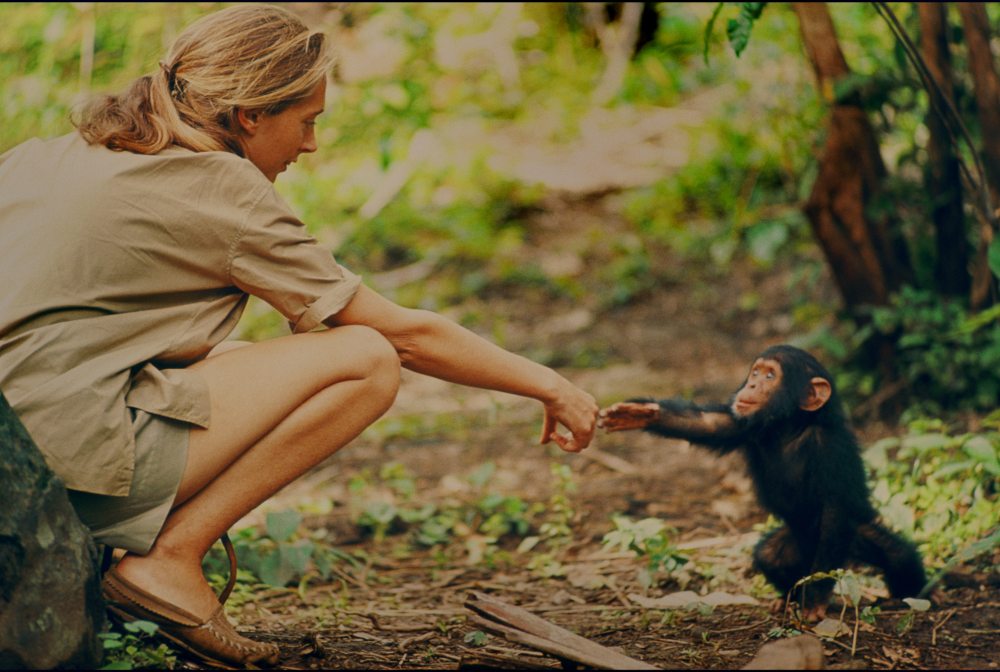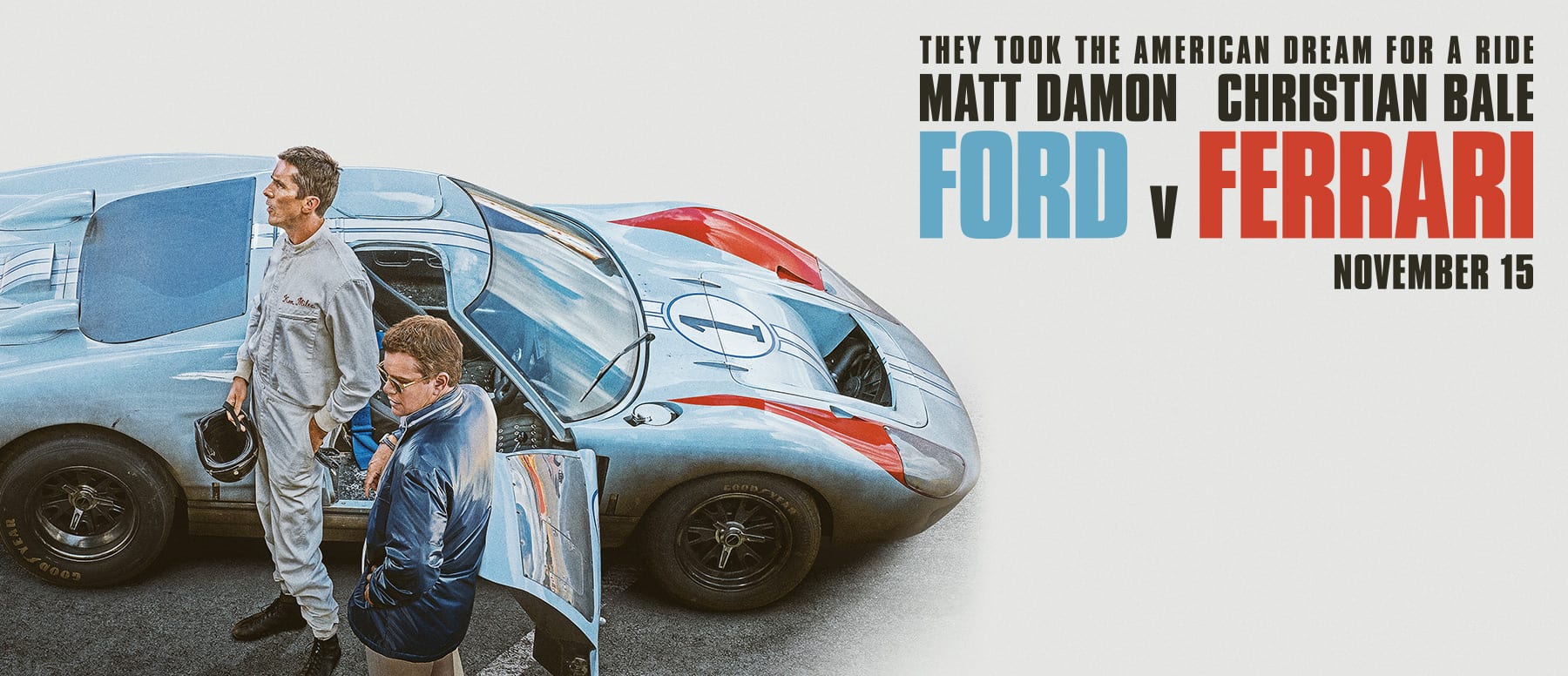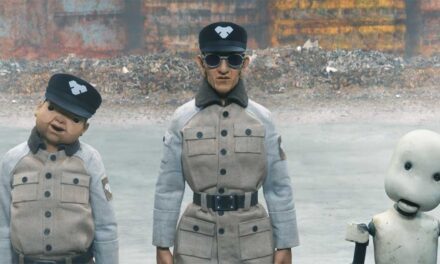Scientific research is not for the faint of heart.? Able researchers must exhibit keen observation skills, demonstrate significant amounts of patience, and pay attention to all details so the project will succeed.? In addition, one needs to have prior experience with the subject matter and a college degree.
Thank goodness Louis Leakey tried something different when he began studying chimpanzees in Tanzania during the 1950?s. Instead of selecting an experienced scientist to perform the research, he selected a 26 year-old English woman named Jane Goodall who had zero scientific or collegiate experience. Her time in the Tanzanian jungle living among the chimpanzees have provided scientists the world over with invaluable data and turned her into an international celebrity.
National Geographic collected over one hundred hours of unseen footage of Goodall?s research in the Gombe and transformed it into an impressive documentary simply called Jane.? Directed by Brett Morgen (Kurt Cobain: Montage of Heck; Can?t Stand Losing You), the film showcases Goodall in her natural element, crossing streams, climbing hills, looking out over the Tanzanian countryside, and doing her best to make the chimps accept her as one of their own.
Documentaries with archival footage are a dime a dozen these days, so what makes Jane so special?? First, the footage was shot by Hugo van Lawick, one of the most famous nature videographers of his day (and later husband to Goodall).? His talent is on full display in Jane as the viewer is transported into a secret world where chimps live and rule. The color footage has been cleaned up and is so good, in places, that it looks as if it was recently filmed. Second, an orchestral score composed by Philip Glass (Notes on a Scandal; The Truman Show) backs up the footage, adding an element of serene majesty to the film. Finally, Morgen simply allows Goodall to tell her story, complete with humor and heartbreak, in her own words.? He revealed to the audience present for the world premiere in Los Angeles that he was expecting the interview to take about three hours. In actuality, it took three full days.
In such an idyllic environment, it wasn?t always easy for Goodall.? She found the days boring as the months passed and the chimps began to reveal themselves.? Of course, when they finally accepted her and her crew (she referred to herself as ?a strong white ape?), life was grand, but chimps will be chimps.? They stole bananas from the compound and the males formed conga lines to spend ?quality? time with one female chimp Goodall affectionally named Flo.? Eventually, their aggressiveness led to turf wars so bad that Goodall?s son Grub, in a bit of irony, was kept in a cage so he wouldn?t get hurt.
The documentary also shares some of Goodall?s personal challenges in the Gombe, such as trying to secure funding for the continued expedition, having her work accepted within the male-dominated scientific community, and being torn between the chimps and her husband?s film work in other locations.? It all adds to a memorable documentary, one that will prompt contemplation and possibly even activism among its viewers.
The methodology Goodall used to get close to the chimpanzees was quite simple.? Just be there.? The chimps will begin to get closer and closer over time, eventually losing their fear and befriending the humans there.? At that time, the in-depth observation and research can occur.? In many aspects, this is what Paul shared with the church in Corinth about earning the right to share one?s faith in Christ: ?I have become?all things to all men,?so that I may by all means save some? (1 Corinthians 9:22 NASB).? On occasion the process is immediate, but in many cases it takes time to know a person and earn the right to share one?s life with them.
Morgen?s documentary on Goodall is certainly worth a viewing (it?s in theaters on a limited basis, then will air on the National Geographic Channel at a later date). You won?t be disappointed.




